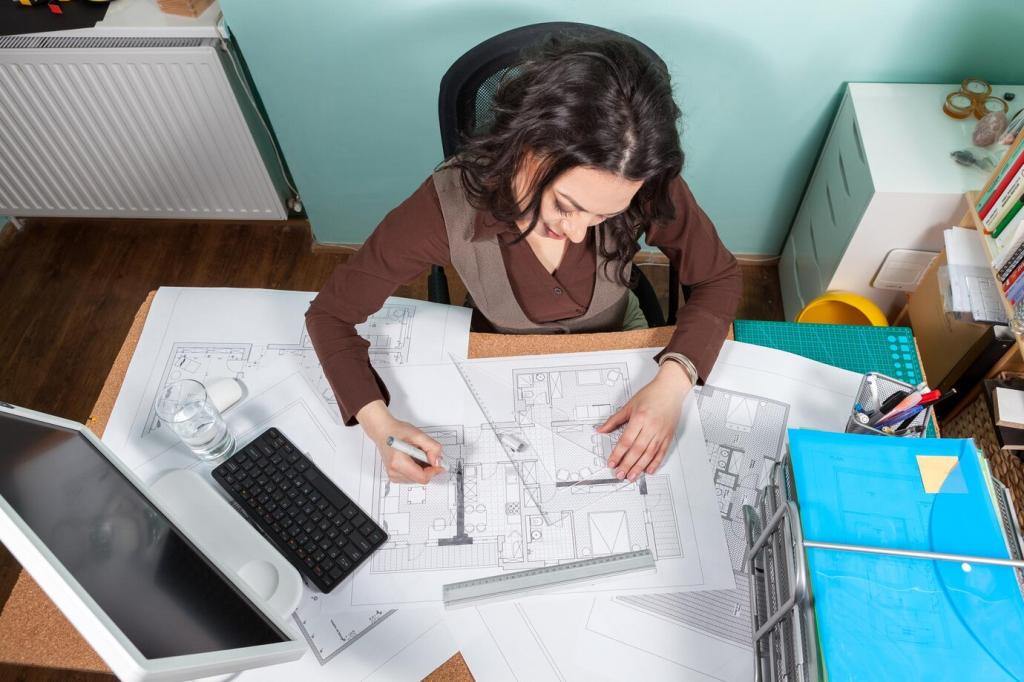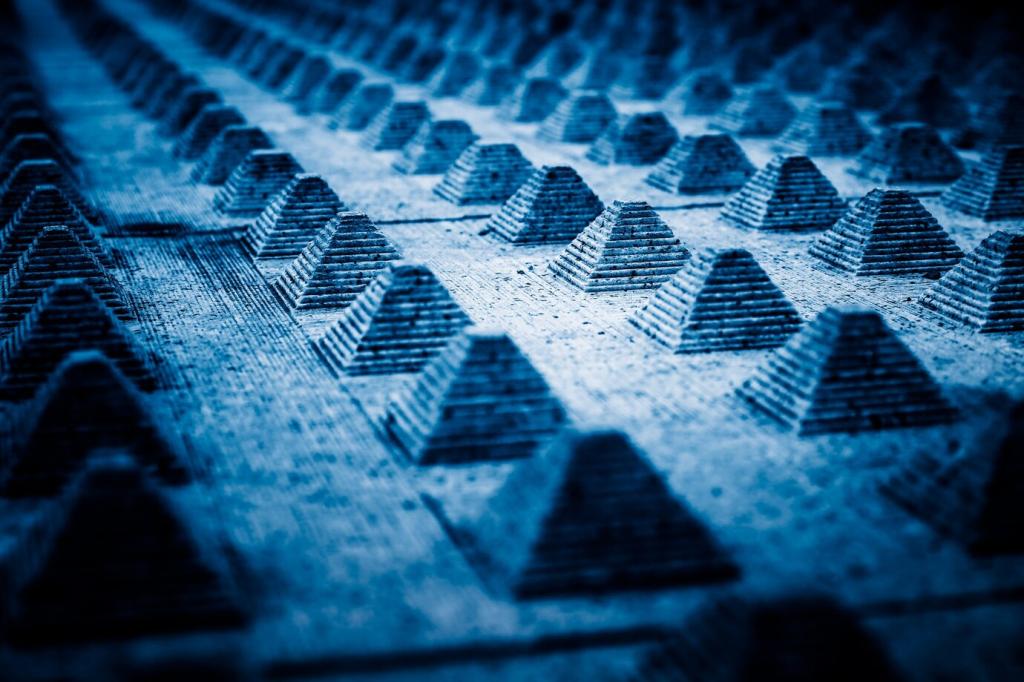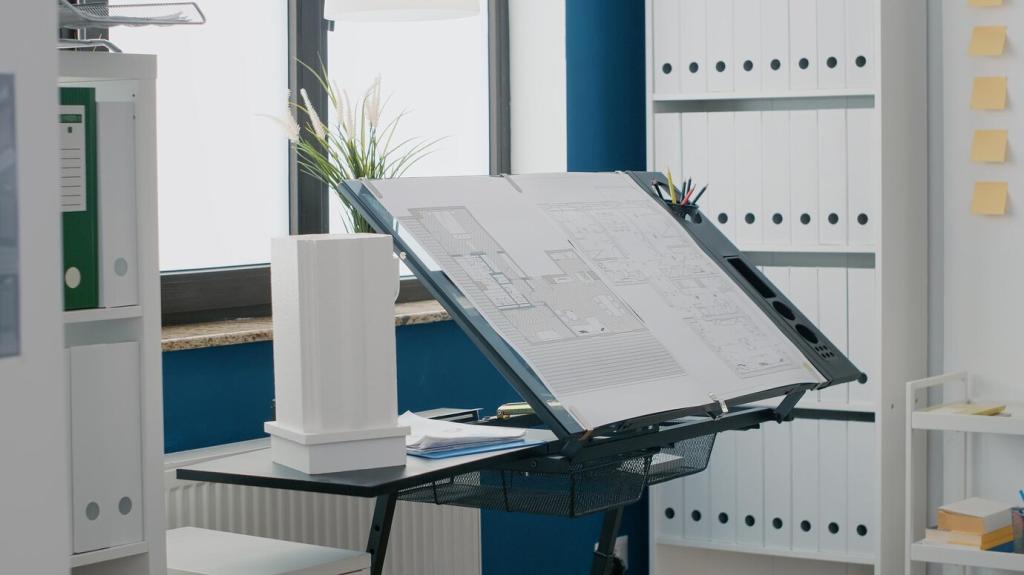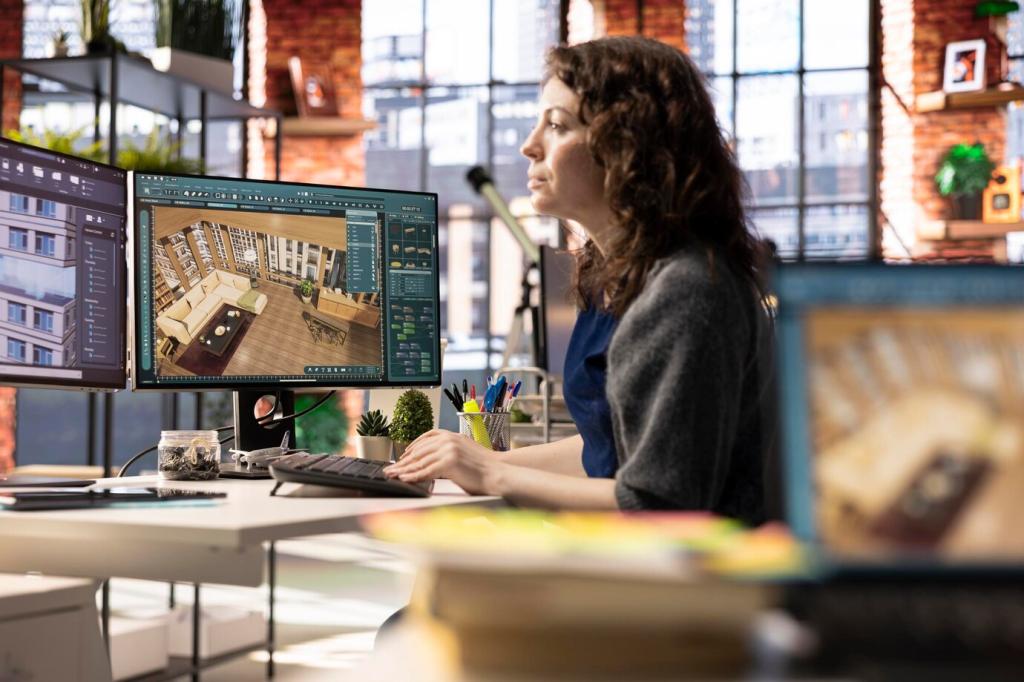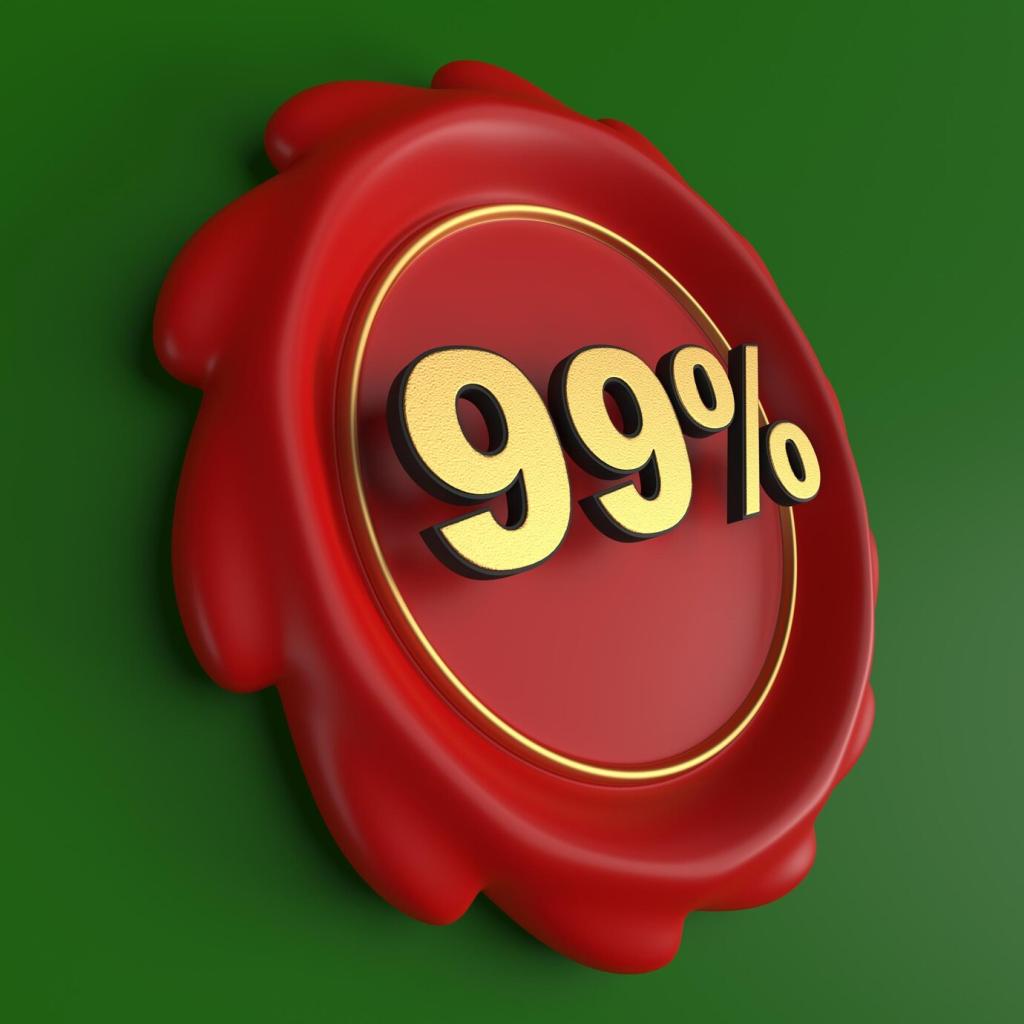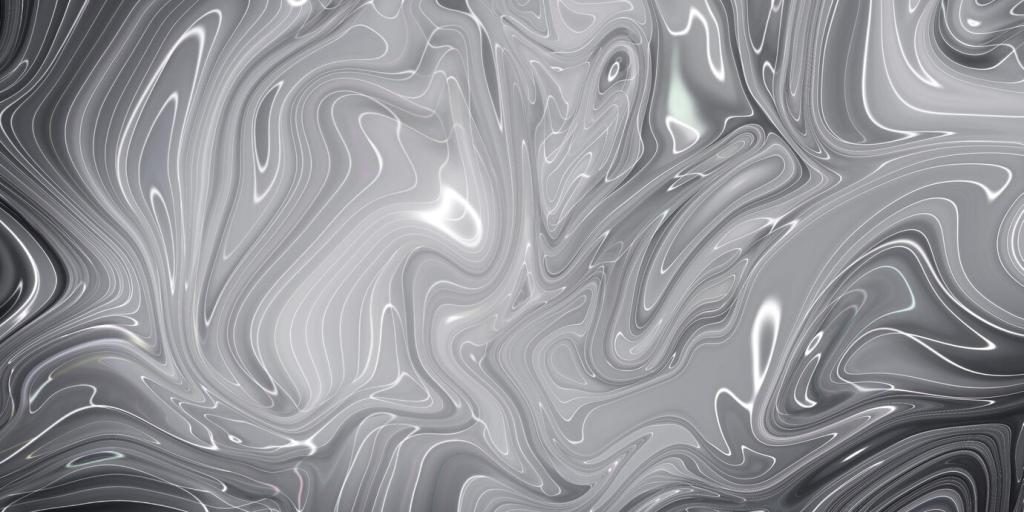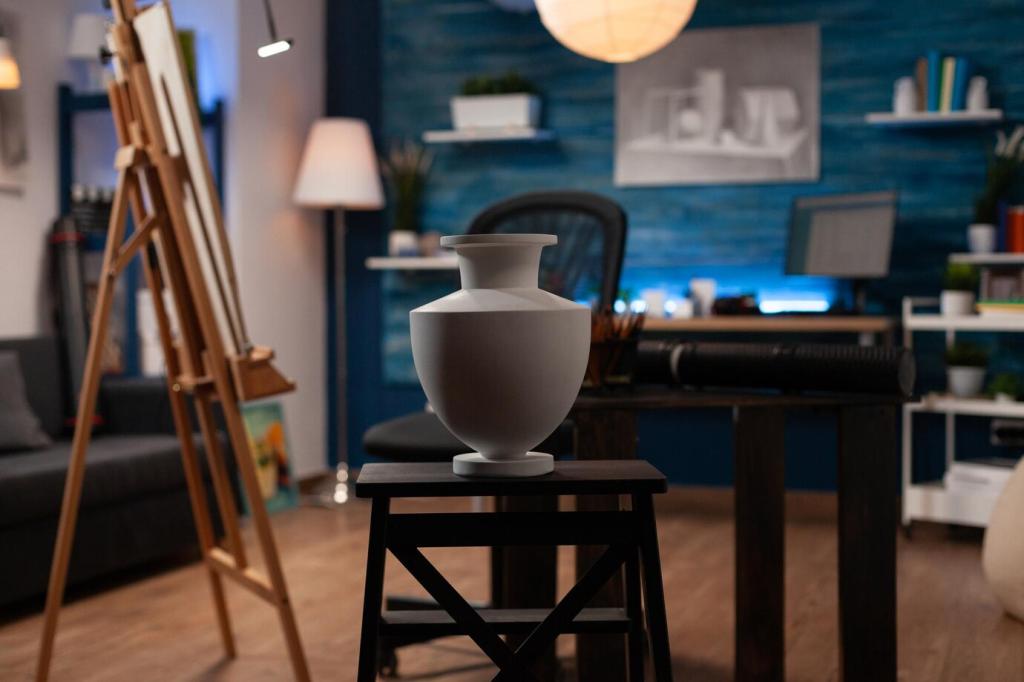From Idea to Object: Rapid Prototyping for Interiors
Start with a sketch, build a parametric model, and print a tangible prototype before lunch. This workflow invites bold experimentation and keeps clients engaged through tactile feedback, reducing misunderstandings and unlocking smarter, faster design decisions every step of the way.
From Idea to Object: Rapid Prototyping for Interiors
A designer needed a cabinet handle to echo a coastal project’s dune silhouette. They printed three variations overnight, tested the ergonomics in the morning, and installed the chosen version by afternoon—proof that quick, iterative making can fuel authentic, place-based interiors.
From Idea to Object: Rapid Prototyping for Interiors
What was the first interior detail you printed—a bracket, a sample tile, a lamp shade ring? Tell us what surprised you most about scale, color, or feel, and subscribe for more prototyping tips that shorten timelines without sacrificing craft.
From Idea to Object: Rapid Prototyping for Interiors
Lorem ipsum dolor sit amet, consectetur adipiscing elit. Ut elit tellus, luctus nec ullamcorper mattis, pulvinar dapibus leo.

